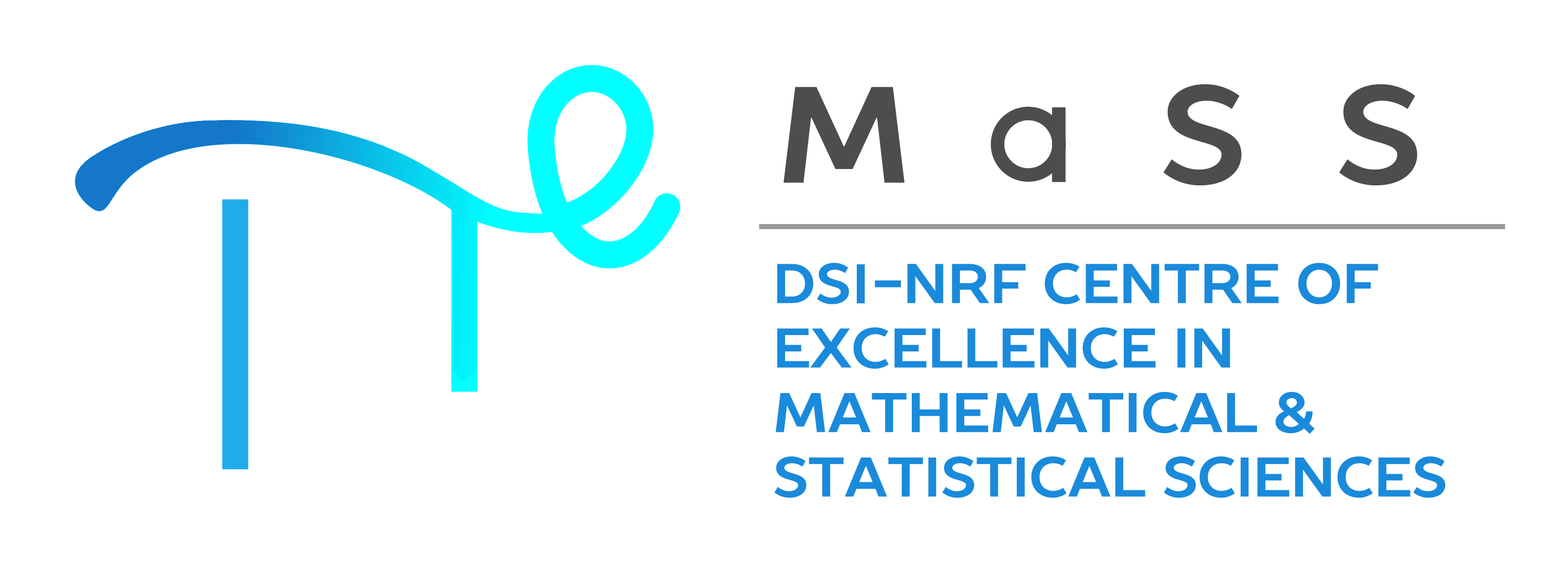A decision support framework for the selection of
appropriate retail sales time series forecasting
methods
Reinard Ganzevoort\(^*\) & Jan van
Vuuren,
Department of Industrial Engineering, Stellenbosch
University
SAMS Subject Classification Number: 10, 26
Within a high-turnover retail environment, there is a significant trade-off between limiting in-store inventory levels and mitigating the risk of stock-outs. More specifically, retail organisations aim to minimise the capital tied up in inventory without a loss in service level. Therefore, in order to better manage inventory, retailers often consider the prediction of customer behaviour as a main priority. In practice, however, forecasting processes are automated and practitioners have limited knowledge pertaining to the selection of appropriate forecasting methods.
The primary objective in this presentation is to describe the design of a generic framework capable of assisting a retail forecasting practitioner in the selection of an appropriate method for sales forecasting based on the time series data available. The framework takes as input time series sales data and facilitates the configuration, transformation and extraction of valuable information from these sales data in order to classify/categorise the data set according to a taxonomy of time series data with similar attributes. Moreover, the framework is employed to evaluate, based on well-established benchmark data, the difference in forecast quality that results from the application of various forecasting methods classified as traditional statistical techniques, machine learning techniques and ensemble techniques. The framework provides as output a selection of appropriate forecasting methods for predicting unit sales on different levels of product aggregation (e.g. SKUs, classes, departments) associated with the input data set.
The framework is verified by applying it to the well-known M5 forecasting competition data which are publicly available. Furthermore, the best results obtained during the competition are employed as a benchmark to compare with the forecasting results generated by applying the framework to the data. To demonstrate its practical value, the framework is finally validated in the form of a case study involving real-life retail sales data.


